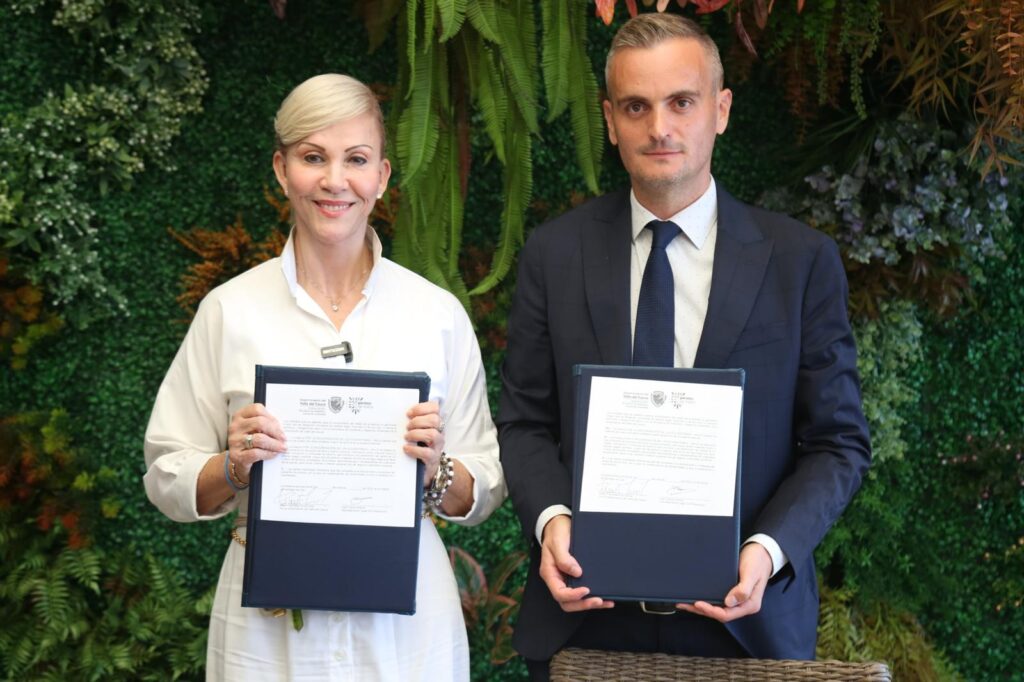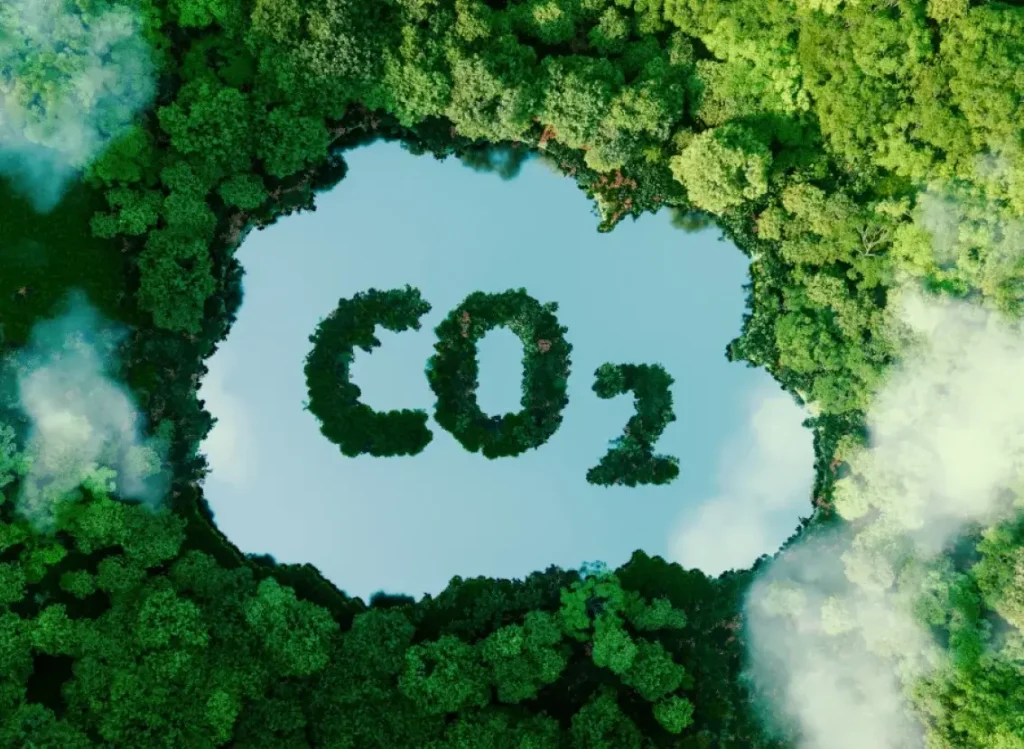Efficient energy use is a topic of great interest among Governments worldwide, which must invest in measures that promote a sustainable management model based on responsible habits.
Energy Saving and Efficiency Plan
Within the framework of the European commitment to energy saving, the Council of Ministers has approved the Energy Security Plus (ES+) Plan. This model contains 73 measures grouped under six blocks: energy saving and efficiency; promotion of energy transition; protection of vulnerable consumers, households, and companies; fiscal measures; strategic autonomy; and solidarity with other European partners.
Some of the measures included in this plan are as follows:
- Establishing schedules for turning on and off air conditioning, lighting, and office equipment in facilities.
- Monitoring the temperature in premises and air-conditioned facilities.
- Promoting the installation of photovoltaic panels for self-consumption in public buildings and infrastructures.
- Reinforcing telecommuting to mitigate the energy impact both from commuting and from energy consumption at the workplace.
- Encouraging the use of public transportation by public employees to promote sustainable mobility.
- Promoting bicycle use by providing public spaces for parking.
Advantages of Applying Energy Efficiency
- Energy and cost savings
- Reduction of greenhouse gas emissions
- Improvements in supply
- Advancements in innovation and energy security
How to Improve Energy Efficiency in Your Daily Life
To achieve climate neutrality by 2050, it is necessary to integrate solutions that improve the energy efficiency of public and private facilities and infrastructures. 40% of CO2 emissions come from buildings.
In addition to contributing to sustainable development, you can reduce costs through the easy implementation of measures such as those detailed below:
Appliances
Understanding how appliances work and how they should be used can result in savings of between 10-15%:
- Invest in appliances with A, B, or C energy efficiency labels.
- Put cold foods in the refrigerator. If you put them in when they are hot, you make the refrigerator work harder.
- Run the washing machine and dishwasher when they are full. If you wash by hand, using cold water is a way to save.
Lighting
- Maximize daylight hours and use LEDs instead of traditional bulbs.
Air Conditioning
- Ensure the insulation of doors and windows.
- Consider the orientation of the air conditioner, as well as keeping the filters clean.
- Maintain the temperature during the day around 19-21 degrees Celsius, and 15-17 degrees Celsius at night.
- Use thermostats in common areas to regulate the temperature.
Office Equipment:
- Turn off computer equipment.
- Periodically maintain equipment to promote lower energy consumption.
Mobility:
- Promote the use of public transportation.
- Encourage the use of bicycles, scooters, and/or electric cars.
- When driving, avoid excessive speeds, abrupt movements, drive with the windows up, and check tires and the engine, which favors lower energy consumption.
- Take the stairs instead of the elevator.
Shopping:
- Only buy what you need, make a shopping list to avoid wasting money or having to throw away food.
- Whether you are a business or an individual, you can save surplus food through platforms that provide an outlet for this food at a reduced price.
- Promote local commerce by buying organic, seasonal, and fresh food.
- Avoid plastic bags as much as possible and use cloth or eco-friendly bags.
Another alternative to save energy is to implement home automation solutions. That is, integrate intelligent technology into security systems, energy management, well-being, or communications to automate a home or building. According to studies by the Institute for the Diversification and Saving of Energy (IDAE), thanks to home automation, you can save up to 39% on heating, 27% on hot water, 12% on appliances, 9% on lighting, and 2% on air conditioning.
Many of these measures are common sense. Adapting our lifestyle to responsible consumption is within everyone’s reach. If you liked these tips and want to know more about achieving a sustainable transition, you can find more information here.


